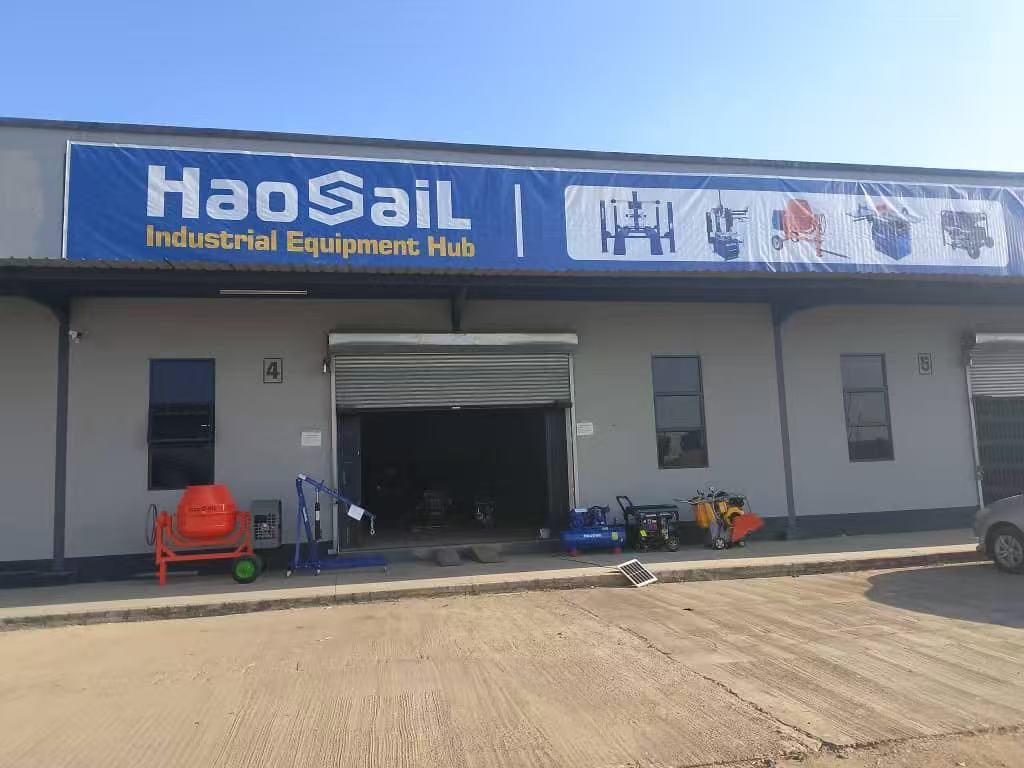
Aug 27, 2025
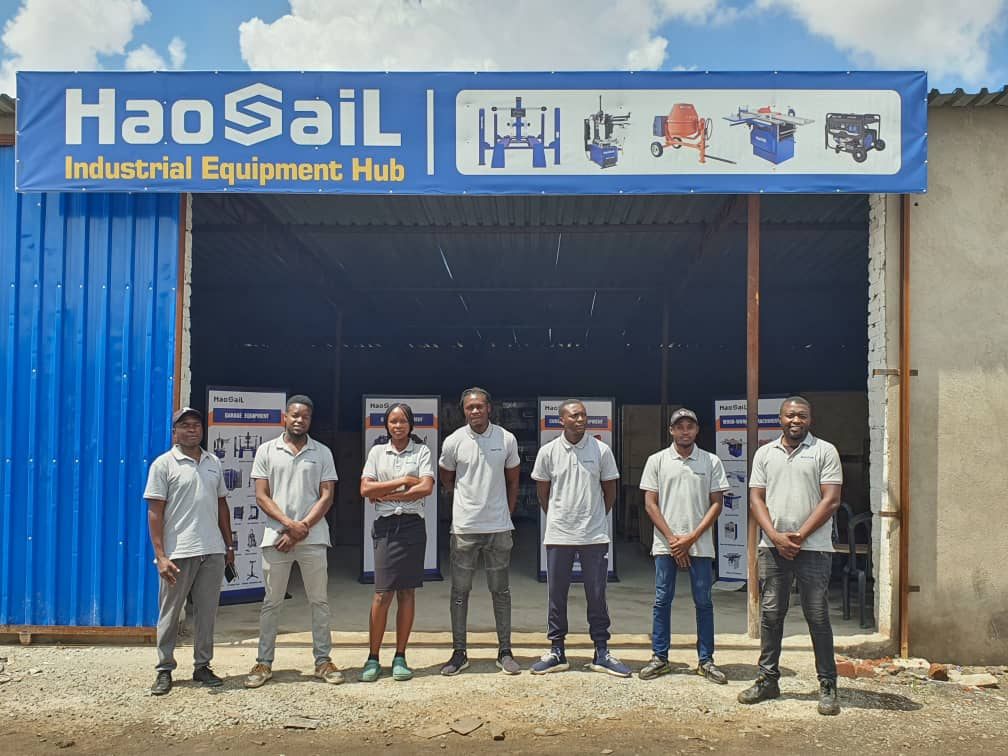
Aug 12, 2025
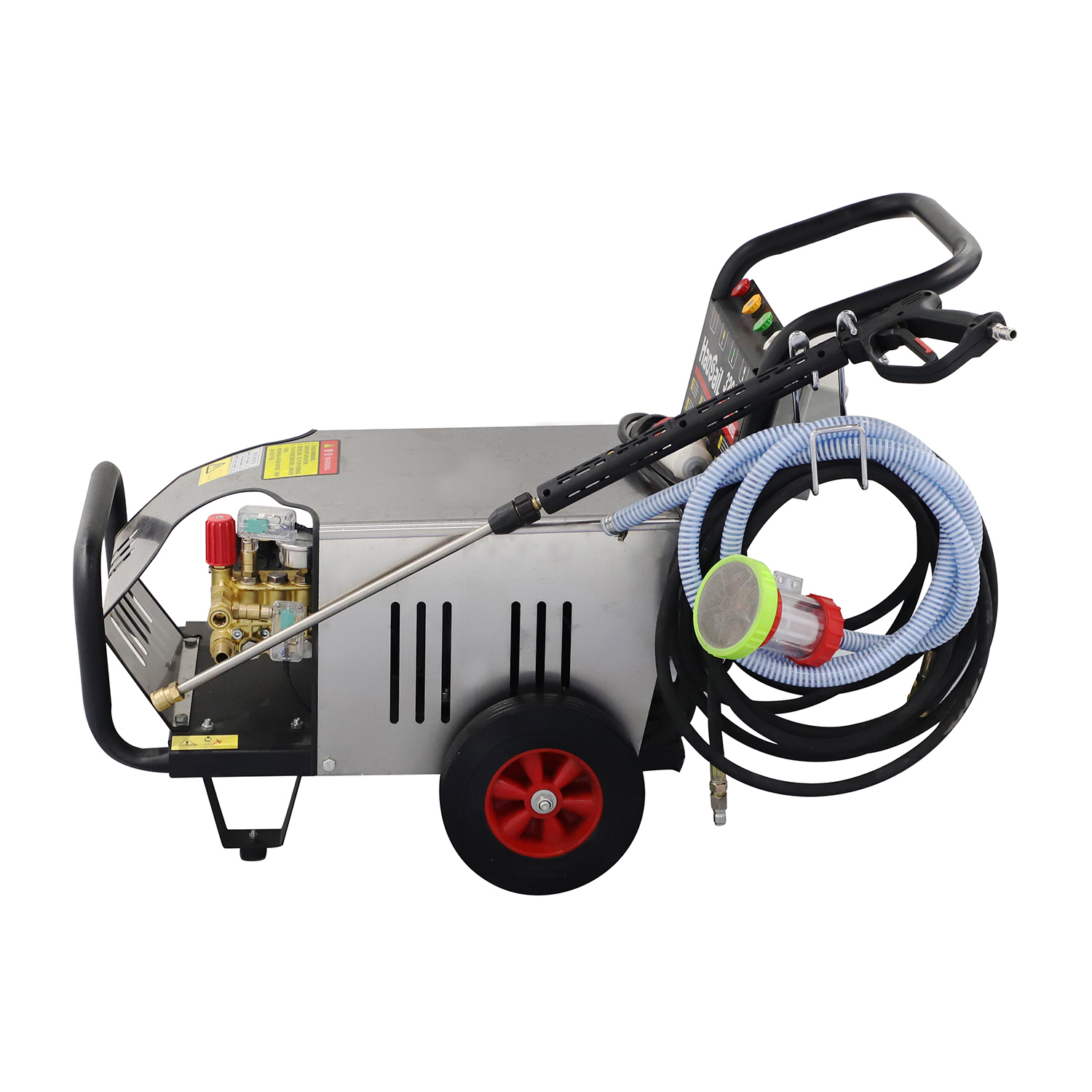
Jun 04, 2025
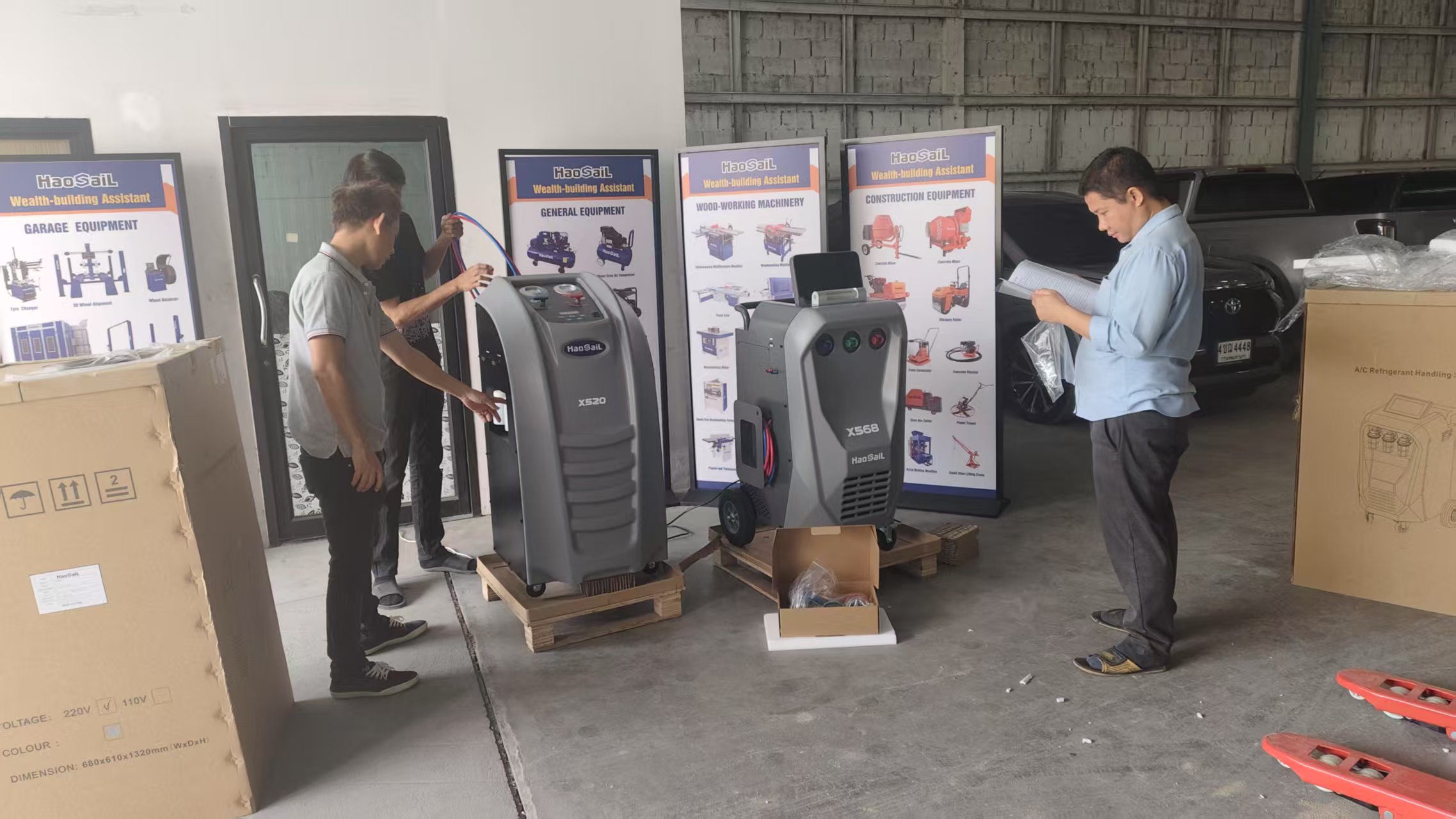
May 30, 2025
B4, Qingdao High-Tech Zone, No. 17 Songyuan Road, Qingdao.
+86 13864822549
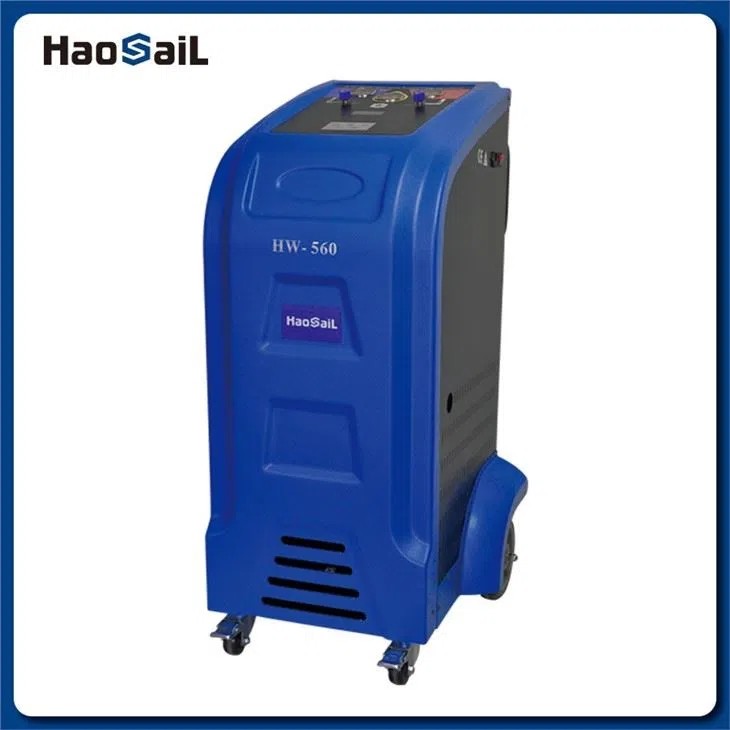
The car AC refrigerant recovery machine plays a critical role in modern automotive air conditioning service and maintenance. This professional equipment ensures environmentally safe handling of refrigerants while complying with increasingly stringent regulations. This article examines the technical workings of car AC refrigerant recovery machines, analyzes current market conditions, and details proper operation procedures.
Working Principle
Modern car AC refrigerant recovery machines operate through a sophisticated four-stage process:
1. Recovery Phase
The car AC refrigerant recovery machine connects to the vehicle's AC system through service ports, using a vacuum pump to extract refrigerant and oil mixture from the system. High-end models can achieve recovery rates up to 3 lbs/minute.
2. Filtration and Separation
The recovered refrigerant passes through multiple filters in the car AC refrigerant recovery machine:
- Particulate filters remove solid contaminants
- Acid neutralizers treat chemical impurities
- Oil separators extract lubricant for measurement
3. Storage Process
The purified refrigerant is compressed and stored in the car AC refrigerant recovery machine's internal tank, with advanced models featuring:
- Automatic tank level sensors
- Separate compartments for different refrigerant types
- Digital quantity indicators
4. Recharge Capability
Many professional car AC refrigerant recovery machines can precisely recharge systems with either recovered or new refrigerant, measuring down to 0.1 oz accuracy.
Global Market Analysis
1. North American Market
- Strict EPA regulations drive demand for EPA-certified car AC refrigerant recovery machines
- Growing adoption of R-1234yf compatible equipment
- 15% annual growth in professional service sector
2. European Market
- EU F-gas regulations mandate advanced recovery technology
- High penetration of automated car AC refrigerant recovery machines
- Strong emphasis on refrigerant purity standards
3. Asia-Pacific Region
- China's automotive boom fuels market expansion
- Increasing awareness of proper refrigerant handling
- Emerging local manufacturers competing on price
4. Emerging Economies
- Gradual phase-out of R-12 equipment
- Growing demand for R-134a capable car AC refrigerant recovery machines
- Increasing government environmental regulations
Critical Operation Guidelines
1. Pre-Operation Checks
- Verify the car AC refrigerant recovery machine is certified for the refrigerant type being handled
- Check oil levels and filter condition
- Ensure proper power supply and grounding
2. Proper Connection
- Always use manufacturer-specified hoses and fittings
- Connect to vehicle service ports correctly
- Purge hoses before recovery
3. Recovery Process
- Monitor pressure gauges continuously
- Never exceed tank capacity
- Document recovered amounts for compliance
4. System Service
- Replace receiver-drier when servicing AC systems
- Measure and replace exact oil amounts
- Perform leak tests after service
5. Maintenance Requirements
- Change filters according to usage
- Calibrate sensors annually
- Clean condenser coils regularly
- Verify vacuum pump performance
Safety Considerations
When operating a car AC refrigerant recovery machine:
- Always work in well-ventilated areas
- Wear appropriate PPE (gloves, goggles)
- Never mix refrigerant types
- Follow all electrical safety protocols
- Properly label recovered refrigerant containers
Technology Trends
The car AC refrigerant recovery machine industry is evolving with:
- Smart machines with Bluetooth connectivity
- Automated refrigerant identification
- Cloud-based record keeping
- R-1234yf specific designs
- Energy-efficient compressors
Conclusion
The car AC refrigerant recovery machine has become essential equipment for professional automotive AC service, combining environmental protection with technical precision. As global regulations tighten and refrigerants evolve, these machines continue to advance in capability and sophistication. Proper operation and maintenance of car AC refrigerant recovery machines not only ensures regulatory compliance but also extends the life of vehicle AC systems. The market shows strong growth potential, particularly in emerging economies transitioning to environmentally responsible refrigerant handling practices. Technicians mastering car AC refrigerant recovery machine operation position themselves at the forefront of modern automotive climate control service, ready to handle current and future refrigerant challenges with professional competence.